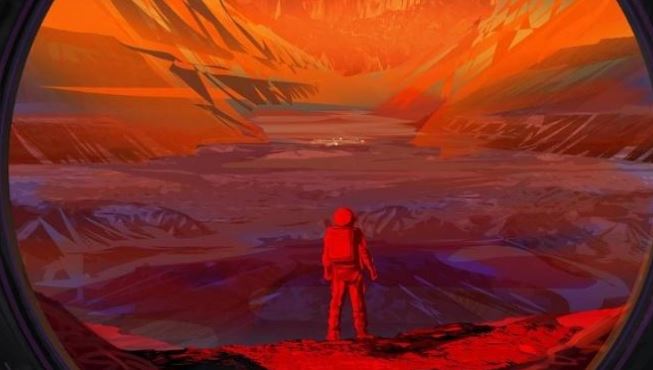Sunsets can be breathtakingly beautiful to watch. Have you ever thought of watching sunset of any other planet other than Earth?
Well! If you have ever pondered upon this question, the National Aeronautics and Space Administration (NASA) has come up with some simulations showing how the sunset would look on other planets of the solar system.
These were created by Geronimo Villanueva, a planetary scientist from NASA’s Goddard Space Flight Center in Greenbelt, Maryland. He used a tool called the Planetary Spectrum Generator for the project. “To validate the accuracy of his tool, Villanueva simulated known sky colours of Uranus and other worlds,” said NASA.
The simulations show that during sunset on Uranus a bright blue colour in the sky fades into royal blue with hints of turquoise. NASA revealed that the blue-green colour in the sky comes from the interaction of sunlight with the atmosphere of Uranus.
Geronimo Villanueva, a planetary scientist from NASA’s Goddard Space Flight Center in Greenbelt, Maryland, created the sunset simulations while building a computer modeling tool for a possible future mission to Uranus, an icy-cold planet in the outer solar system. The animations show all-sky views as if you were looking up at the sky through a super wide camera lens from Earth, Venus, Mars, Uranus, and Titan. Image Credits: Geronimo Villanueva/James Tralie/NASA’s Goddard Space Flight Center.
What happens is when sunlight falls on Uranus, hydrogen, helium and methane present in the atmosphere absorb the longer-wavelength, the red portion of the light. On the other hand, the blue and green portions of light, which have a short wavelength, get scattered as photons bounce off the gas molecules and other particles in the atmosphere.
In the animations, the white dot represents the location of the sun. The halo of light witnessed towards the end of the sunset on hazy earth is produced because of the way light is scattered by particles suspended in the cloud.
During the sunset on Venus, a bright yellow sky turns into orange, brown, and finally black when the sun dipped below the horizon. The average temperature on Venus is 471 degrees Celsius and its atmosphere is replete with carbon dioxide. Similarly, the simulations show how sunset on Mars would look like. The colour of Mars’ sky becomes a mix of muddy brown and bright yellow as the Sun disappears.
Villanueva also included an Earth-sized planet outside our solar system named TRAPPIST-1e in his study, which he conducted while building a computer modelling tool for a possible future mission to Uranus.
